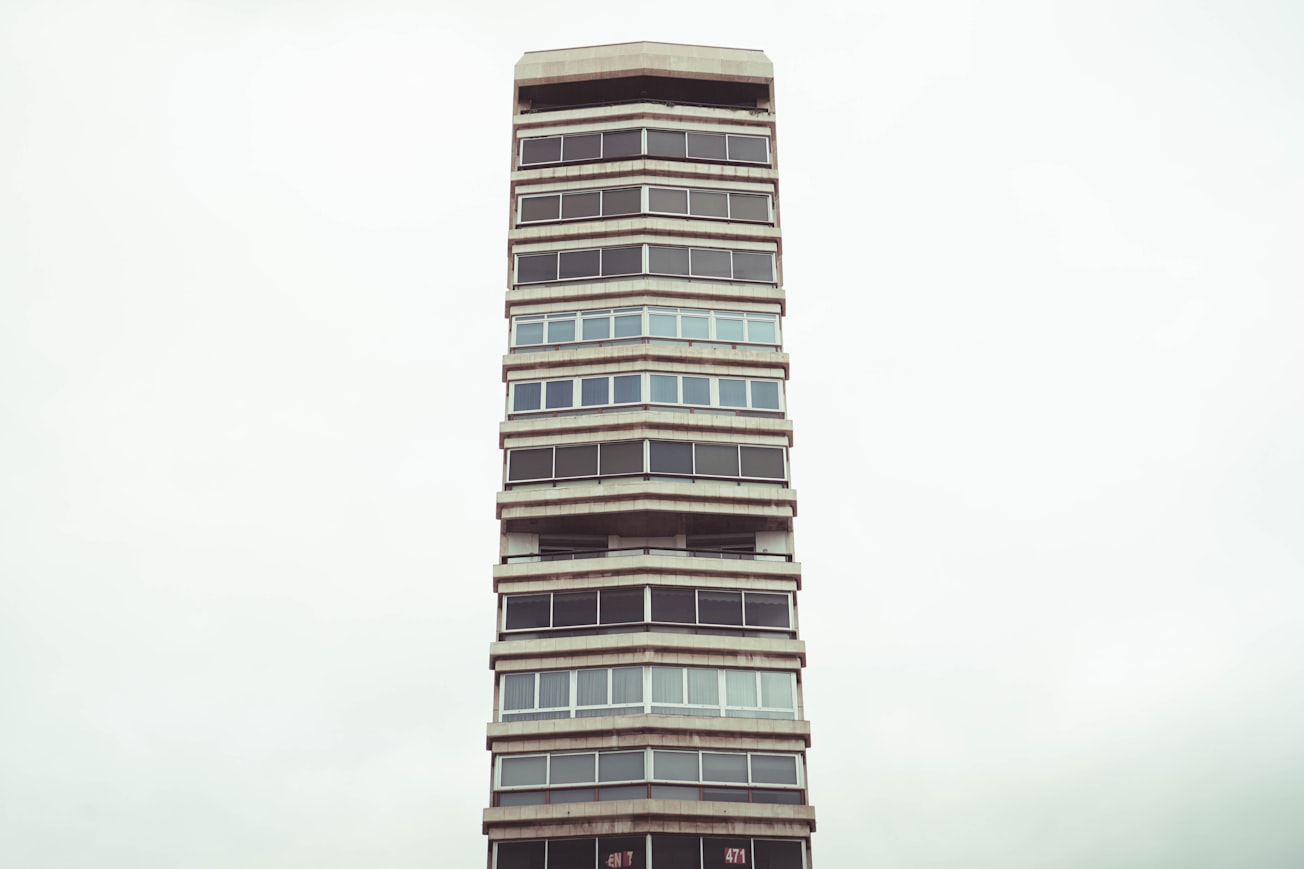What is it about?
A methodology to estimate the shear model of seismically excited, torsionally coupled buildings using acceleration measurements of the ground and floors is presented. A vector parameterization that considers Rayleigh damping for the building is introduced that allows identifying the stiffness/mass and damping/mass ratios of the structure, as well as their eccentricities and radii of gyration. Tis parameterization has the advantage that its number of parameters is smaller than that obtained with matrix parameterizations or when Rayleigh damping is not used. Tus, the number of spectral components of the excitation signal required to identity the structural parameters is reduced. To deal with constant disturbances and measurement noise that corrupt acceleration measurements, Linear Integral Filters are used that guarantee elimination of constant disturbances and attenuation of noise
Featured Image

Photo by daniel kalman on Unsplash
Why is it important?
Te parameter identifcation of torsionally coupled shear building models has been a topic of interest in the last three decades. Its identifcation is important because it allows verifying the structural health, or designing control law techniques that attenuate the vibration of the building when it is excited by external forces as earthquakes or wind. Tis kind of model more closely approximates a shear building than the planar frame model, which is widely used in the literature. Te reason is that most buildings present torsional movements under purely translational excitations since their centers of resistance and mass do not generally coincide.
Read the Original
This page is a summary of: Identification of Torsionally Coupled Shear Buildings Models Using a Vector Parameterization, Shock and Vibration, January 2016, Hindawi Publishing Corporation,
DOI: 10.1155/2016/6731928.
You can read the full text:
Contributors
The following have contributed to this page










